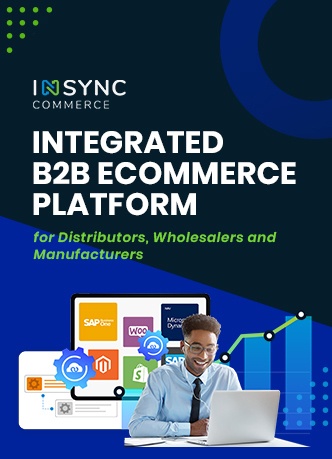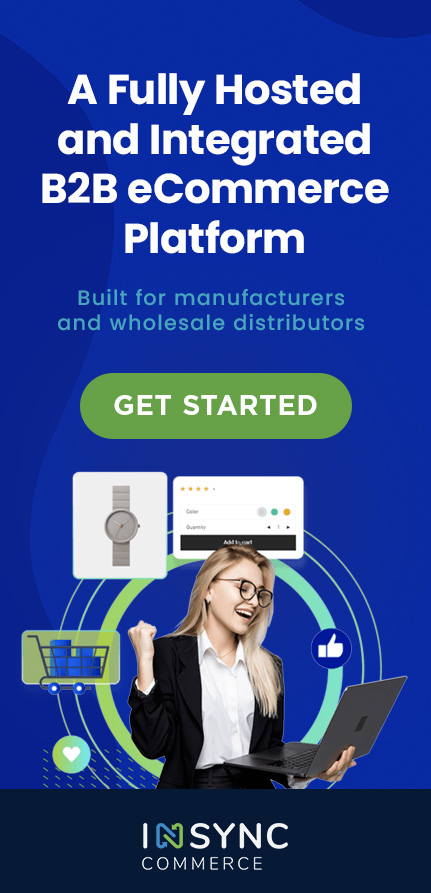
As we have discussed before, an online store requires significant investment (money and time) to setup various front-end and back-end operations. In return, we get following important capabilities automated:
- Showcase your catalog online
- Take online orders and ship products
- Track inventory and order supplies
- Accounting and reconciliation of money flowing in and out
- Handle returns
After the fixed cost is done, there are ongoing costs that also need to be factored in:
| Cost Category | Description | Typical Cost (% of revenue) |
| Warehousing | Cost of storing inventory | 2-3% |
| Marketing | Digital marketing, offline (exhibitions, etc.), Public Relations | 5-8% |
| Legal/CA | Legal, Accounting, finance, tax expert, etc. | <1% |
| Platform/Software | Hosting, maintenance, license fee of 3rd party software (Tally for example) | 2-3% |
| Packaging | Packing the product | 3% |
| Breakage/loss during shipment | Things go wrong in shipment | 2% |
| Payment Gateway | Fixed annual cost + per-transaction | 3-8% |
| Shipping | Sending goods and receiving returns | 8-15% |
| Total | 25-40% |
Given these costs (which are very conservative estimates based on market research and our own experience talking to these service providers), it is no wonder that most e-commerce companies keep losing money (remember that this calculation doesn’t include big ticket items like office space, employee cost, etc.).
There are many ways of maximizing the return on these investments:
- Increase the transaction volume – Most of the costs above have high fixed cost portion which will get amortized over large volume and their % of revenue will keep going down.
- Reuse the capabilities being created – Figuring out alternate use of the capabilities will reduce the cost per transaction. For example, reusing the accounting system with other businesses you might have will improve the returns.
Increase the transaction volume
Here are some ways to increase transaction volume:
- Increase # of visitors to site by marketing – This is where most of the action is happening in e-commerce. Everyone wants to get more people to visit their site and thereby get a chance to convert them into paid customers. This means that the above estimate of 5-8% for marketing is grossly inadequate, and for some companies, this is in the range of 50-100% of their revenue. Such strategies work for short time, with the expectation that customers acquired this way will be retained and used to generate more revenue at much lesser cost of revenue.
- Increase conversion ratio – Conversion ratio measures the # of visitors who end up purchasing on the site. On a typical website, this could be 1-2% or less. Good site design, promotions, product placement, etc. can help improve this ratio and thereby increase volume. If you resort to promotions, another in-thing in today’s e-commerce companies, it jacks up your marketing cost (unless you resort to creative accounting that some of these companies like Flipkart are being accused of).
- Increase basket size – There is an average amount that a customer spends on your site and in your category in general. If you can make him spend more, by buying more things at a given time, it will increase the overall volume. It also helps in other ways (you ship things together, thus reducing shipping cost). However, increasing basket size is a tough problem, some of the things that can be done are: offering bundled products (“buy 1 get 1 free”, “buy the book and pen together and save 10%”, etc.), better targeting (“customers who bought printer also bought this cartridge”, “we noticed you bought paper last month, will you want one more bundle?”, etc.), and creating urgency (“sale ends tomorrow”, “limited stock”, etc.).
- Increase purchase frequency – A customer typically purchases once every 2-3 months on a given e-commerce site. The frequency is low because there are too many sites selling similar things, and also customer gets many things offline (as soon as he needs it). Stickiness/uniqueness of the product and site (‘imported and affordable kitchen towels’, ‘reward points’, etc.) can increase frequency. Making them buy less offline and more online by offering quick delivery, predictive shopping (‘you may be running out of soap that you bought last month, do you want to add to your cart’) can improve frequency too.
Overall, this is the game that everyone is playing, so it may require more money investment to get better returns, which becomes a chicken-and-egg problem (how do you get better ROI on the money you invest to get better ROI J!). Hence it is worthwhile to explore another approach to improve ROI – reuse the capabilities being created. We will look at it in the next post. Stay tuned!










